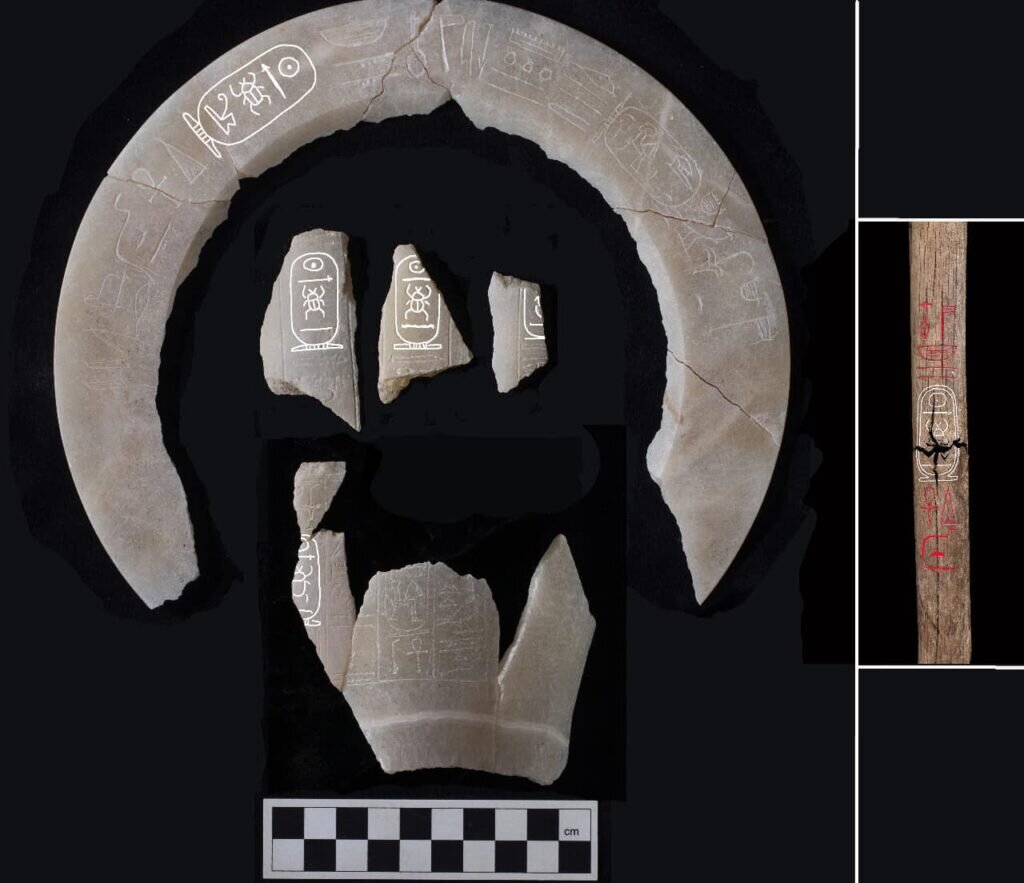Tomb of ancient Egyptian pharaoh is 1st to be discovered in 100 years

The tomb of Thutmose II, a pharaoh who was married to Queen Hatshepsut and ruled Egypt about 3,500 years ago, has been discovered west of the Valley of the Kings.
It is the first discovery of a pharaoh's tomb since King Tutankhamun's tomb was unearthed in 1922, the Egyptian Ministry of Tourism and Antiquities said in a translated statement.
However, unlike King Tut's burial, the newfound tomb is mostly empty and doesn't have a body. Archaeologists found that the tomb had been flooded shortly after Thutmose II was buried, so the grave goods had been taken somewhere else, the statement said.
"The entire contents of the tomb had been removed. The tomb was not robbed," Piers Litherland, an Egyptologist at the University of Cambridge and co-leader of the team that found the tomb, told Live Science in an email. "The burial was taken out in its entirety."
Archaeologists first found the tomb in October 2022, the statement said, but it wasn't until the late 2024 and early 2025 excavation season when pottery, which bears the name of Thutmose II, was analyzed that the researchers were able to identify the burial place as the pharaoh's tomb. One of the pottery pieces "bore a label indicating it contained natron which was used for embalming," Litherland said. "This confirms that a burial did initially take place in the tomb."
The tomb is about 95.1 feet (29 meters) long and contains a burial chamber that is 17.4 by 17.1 by 11.2 feet (5.3 by 5.2 by 3.4 meters), Litherland said.
It's possible that there is an undiscovered second tomb where the objects were moved to after the flood, Litherland noted. A mummy reburied in a cache at Deir el-Bahari, a nearby site, has been identified by some Egyptologists as Thutmose II. However, this mummy may be too old (possibly age 40 at time of death) to be Thutmose II, and his mummy and the second tomb may lie undisturbed elsewhere, he added.
Little is known about Thutmose II's reign, according to the National Museum of Egyptian Civilization. How long he ruled is a matter of debate, and it may have been less than five years, the museum reports.
However, some scholars believe his reign lasted much longer, with the Metropolitan Museum of Art in New York City estimating that he ruled from around 1492 to 1479 B.C.
Historical records indicate that during his reign, Thutmose II squashed an uprising in Nubia, an area in what is now southern Egypt and northern Sudan that was controlled by Egypt at that time. Historical records also say he campaigned in the eastern Mediterranean with his armies, venturing as far as modern-day Syria.
Thutmose II is perhaps most famous for marrying his half sister Hatshepsut. After Thutmose II's death, Hatshepsut rose to become a female pharaoh.
Source: Live Science
Leave a Comment